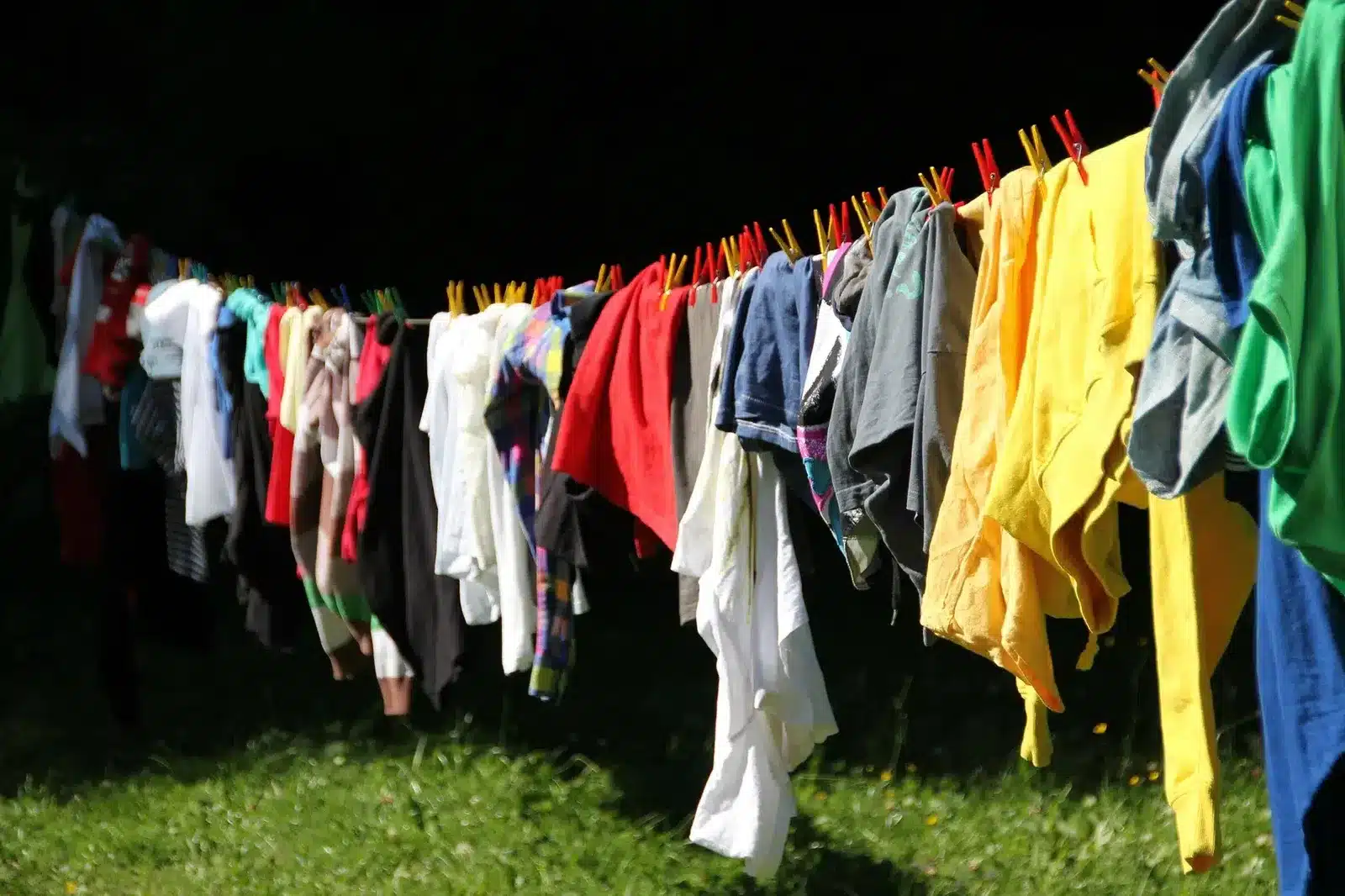That simple act of hanging clothes outside to dry could be sabotaging your comfort during allergy season. While the practice seems harmless, it creates a perfect storm for pollen exposure that many people don’t consider.

Here’s what happens: when you dry laundry outdoors, pollen settles on the damp fabric and becomes trapped in the fibers. Later, when you wear those clothes or sleep on those sheets, the pollen transfers to your skin and hair, then circulates through your home. This creates continuous exposure that can make allergy symptoms much worse.

The problem intensifies during different times of the year. Early spring brings tree pollen, summer introduces grass pollen, and fall delivers weed pollen. Each wave means new allergens clinging to your laundry if you dry it outside.

Allergy specialists suggest several solutions: using a clothes dryer, creating an indoor drying space with good air circulation, or at least shaking clothes vigorously before bringing them inside. Additional precautions like washing hair at night and using allergen-proof bedding covers can also help.
While antihistamines provide temporary relief, avoiding pollen exposure is the more effective long-term strategy. Sometimes the simplest changes – like where you dry your laundry – can make the biggest difference in managing seasonal allergies.


